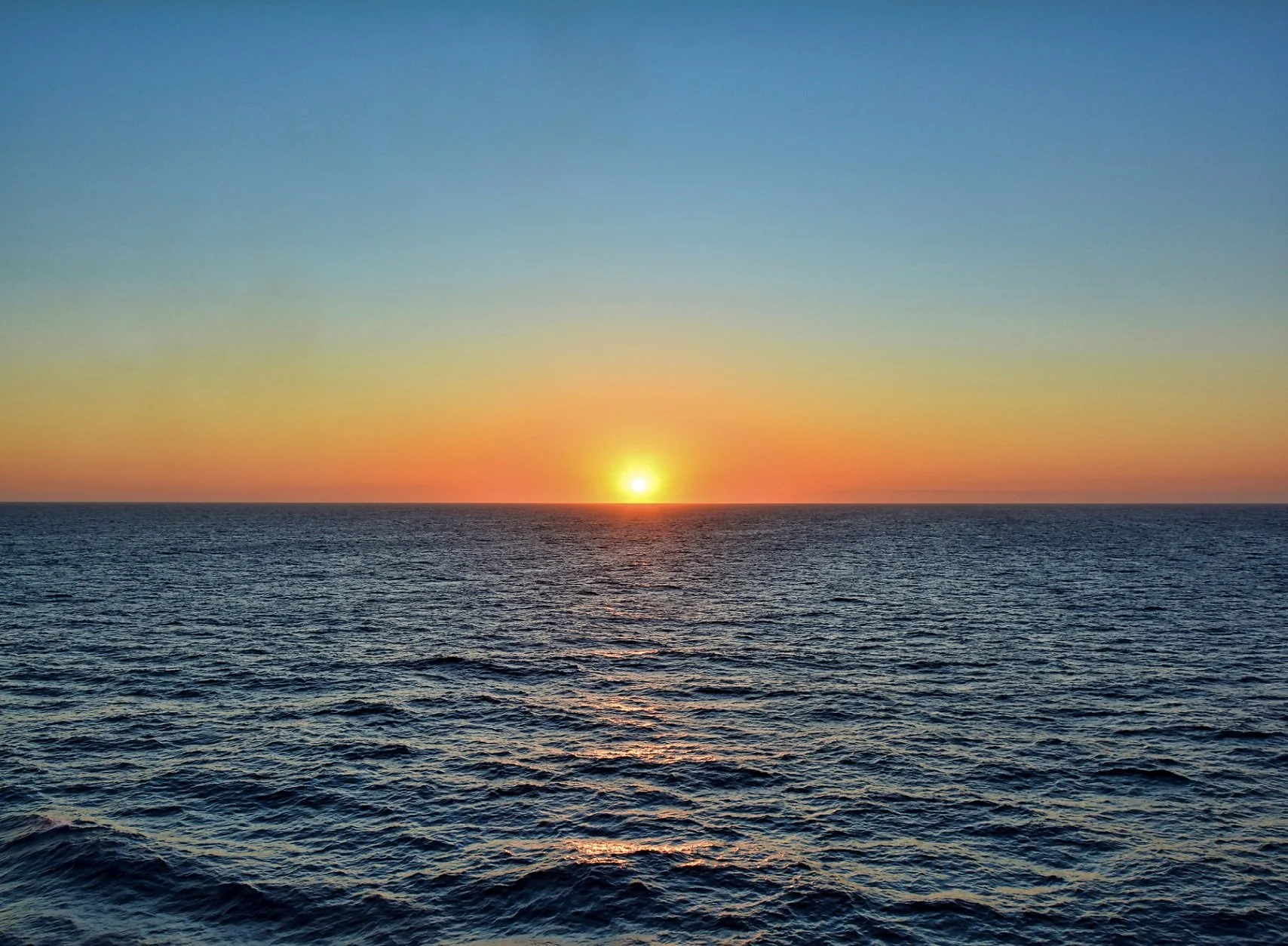With the probable exception of a few moons (like Europa and Ganymede), Earth is one of the wettest places in our solar system.
Approximately 71 percent of the surface of our planet consists of water. The oceans hold about 96.5 percent of that surface water, while the rest consists of freshwater from rivers and lakes, ice, and water vapor in the air.
Water is essential for most life as we know it; we and many other organisms are primarily made up of water. But where did all this water come from?
In an extensive study, an international team of scientists found a surprising source, namely the Sun. These findings could assist astronauts in future space missions in finding sources of water on airless worlds.
Image Credit: Studio Barcelona via Shutterstock / HDR tune by Universal-Sci
Where did Earth's water come from?
Scientists have long cherished the idea that water came to Earth after its formation. Lead suspects for delivering all this water were so-called C-type asteroids as they contain water and approximately three-quarters of all asteroids are of this type. In addition, a lot of fragments of these C-type asteroids are found around the globe, meaning that Earth must have been hit many times.
However, after closely examining these fragments, scientists discovered that the composition of water derived from the majority of those C-type asteroids did not match the composition of the water on Earth. So there must have been a sizeable additional source to account for the remaining water.
In order to solve this mystery, the research team used a state-of-the-art technology known as atom probe tomography to study an S-type asteroid on an atomic level. (S-type asteroids are similar to C-type but come from an orbit much closer to the Sun).
The team sourced pieces from an S-type asteroid known as Itokawa, collected by the Japanese Hayabusa spacecraft back in 2010, and managed to map 50 nanometers of the outer layer of dust-sized grains with astonishingly great detail (one atom at a time) uncovering a huge number of water molecules in it (converting to about 20 liters of water per cubic meter).
Image Credit: Dima Zel via Shutterstock / HDR tune by Universal-Sci
Solar wind
So, how did these grains get such a large amount of water? The researchers think that solar wind changed the chemical composition of the interior of these grains to create water molecules.
When electrically charged hydrogen particles that make up the majority of the solar wind come into contact with a solid form with no atmosphere (such as an asteroid or a space dust particle), they can penetrate tens of nanometers into its surface. Consequently, they alter the rock's chemical composition, forming water molecules trapped within the minerals.
These dust grains must have rained onto the Earth during the solar system's formation around the same time as the aforementioned C-type asteroids. As this solar wind-derived water created in the early solar system is isotopically light, the researchers hypothesize that water derived from space dust accounts for the water in our oceans for which the source has eluded us thus far.
Professor John Bradley, a co-author of the paper, stated: "Since dust that was abundant throughout the solar nebula prior to the onset of planetesimal accretion was inevitably irradiated, water produced by this mechanism is directly relevant to the origin of water in planetary systems and possibly the isotopic composition of Earth's oceans."
A water source for astronauts
According to the researchers, their new findings could also help astronauts find water sources. Finding water is a major challenge in space exploration, but it may be possible to extract an extra supply of water directly from the dust encountered on the surface of airless celestial bodies around the solar system.
Future NASA missions aim to create a base on the surface of the Moon. If the surface of the Moon received the same water supply as the team found in the Itokawa asteroid, it would account for an enormous potential source of water.
Co-author Professor Hope Ishii: "It's exciting to think that the processes which formed the planets could help to support human life as we reach out beyond Earth."
If you are interested in a more detailed outlay of the study, check out the paper published in Nature Astronomy, listed below.
Sources and further reading:
If you enjoy our selection of content, consider subscribing to our newsletter - (Universal-Sci Weekly)
FEATURED ARTICLES:











